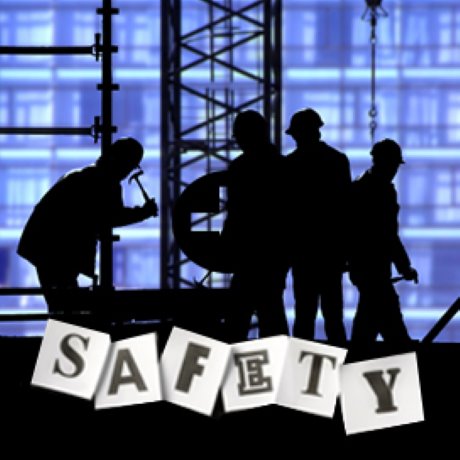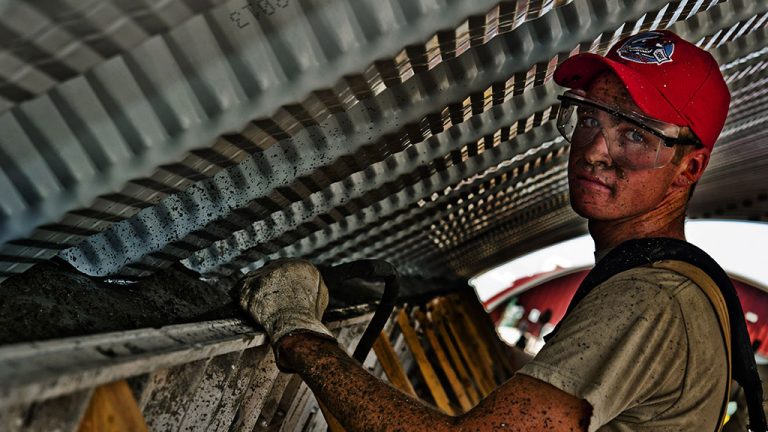Ontario’s courts show little tolerance for lax workplace safety practices leading to injuries or deaths, says a veteran lawyer with extensive experience analyzing the applicable case law.
Fines are high — though holding steady — and jail terms not extraordinary in workplace safety cases today, Ryan Conlin of Toronto firm Stringer LLP told an audience attending his Partners in Prevention conference seminar held April 26 in Mississauga, Ont. The seminar was titled Trends in Ministry of Labour Enforcement, Fines and Convictions.
Even firms with comprehensive and well-communicated safety programs will be convicted of Occupational Health and Safety Act (OHSA) violations if supervisors fail to appreciate situational hazards that arise on particular jobs, Conlin said.
"Having a well-trained workforce, and extensive training programs, is a critical part of health and safety," said Conlin.
"But it’s not enough. The court will ask you to prove what due diligence you did in respect to the actual hazard before the court."
Conlin covered a broad range of topics including the rights and practices of Ministry of Labour (MOL) inspectors to enter workplaces and issue orders; comparisons between workplace safety law and criminal law; trends in OHSA sentencing; and the scheduling of upcoming MOL workplace inspection blitzes.
The 2015 Ontario case of R. vs. Semple Gooder Roofing illustrates the lengths to which the courts will go when determining whether firms have done enough to ensure the safety of their workers, said Conlin. The case involved a roofer who was injured after falling through a gap in a guardrail after the railing had been temporarily removed to enable the crew to throw debris off the edge of the roof.
The court accepted that the roofing company had installed a legally compliant guardrail system, and the employer had demonstrated it had clear internal safety policies that were communicated through such practices as weekly production meetings and "toolbox talks."
Additionally, the company had hired outside consultants to teach safety courses and perform spots audits. And there was strong internal enforcement — workers who failed to use safety equipment were sent home without pay for a day then given retraining, and Semple Gooder had even fired workers who repeatedly breached company safety protocols, Conlin said.
But none of that was enough, the court found.
"The court said, all those things are good, but that’s not what I’m adjudicating here," said Conlin. "What I’m adjudicating is what steps if any did the company take to stop this person from disabling the guardrail system and throwing garbage over with a wheelbarrow."
The court found this wasn’t the only time the worker had done this and determined that the supervisor had not taken the steps necessary to address the hazard associated with excessive garbage. The employer was convicted and fined $65,000.
"I think the court is basically saying, look, you are supposed to supervise these people. If they don’t have fall protection or guardrails, that is a contravention," Conlin said in an interview after the seminar.
"There are far too many people who die from those things in any given year, so yeah, they are going to make due diligence a very high burden."
"The patience of the court seems to be getting thinner and thinner for those kinds of things."
Conlin used another recent case, decided in January, in which Lac Des Iles Mines Ltd. was fined a total of $365,000 after one worker was killed and another injured in a mine accident, to make the case for employers to take care to document safety procedures in writing. This was a case where a worker ventured past a well-known "safety line" and died.
"Courts really do expect that it is reasonable to reduce important procedures to writing," said Conlin.
Even telling a worker to read a safety manual is not enough, he said.
"I think you have to prove they have actually read it," said Conlin. "Just saying, ‘here it is," is not enough."
Another indication of the interest of the state in ensuring workplace safety today is found in the broad powers given to MOL inspectors under the OHSA, said Conlin — greater than those given to the police attending a private home.
Inspectors can enter a workplace any time without a warrant or notice, require production of any document, take or set in motion machinery and conduct tests of any equipment. They can require the employer to conduct expert tests at the employer’s expense or enter the workplace accompanied by their own experts.
Further, an inspector can issue compliance orders or stop work orders on the spot, or even issue a verbal "requirement" to comply with orders — and failure to comply can lead to prosecution.
An inspector can even recommend prosecution for not wearing a hard hat, safety boots or safety goggles, Conlin said.
Comparing workplace safety enforcement to criminal enforcement, he said, "I think it means they take (safety) very seriously…you can show up without notice or warrant and essentially use the fruits of that investigation to prosecute someone, where people can go to jail."
Still, said Conlin, sentencing under the OHSA has not gone up markedly since the 1980s. A corporation can be fined a maximum of $500,000 per violation and an individual $25,000 or given a year’s imprisonment.




Recent Comments
comments for this post are closed